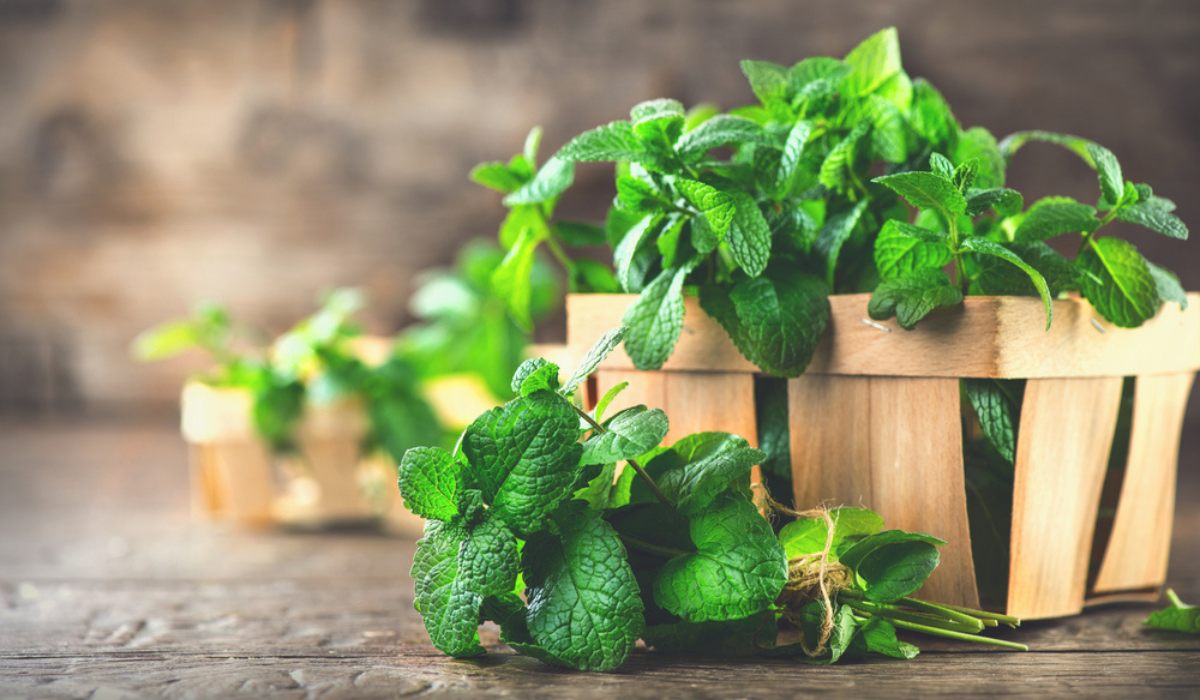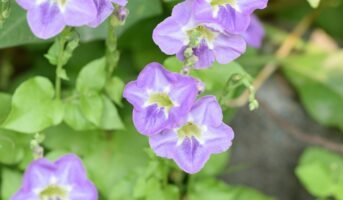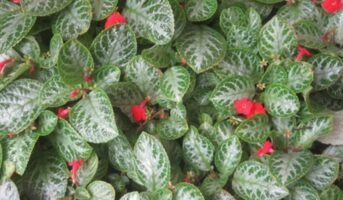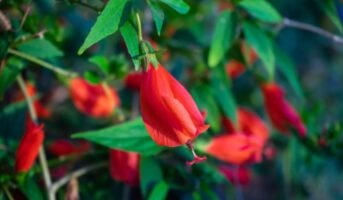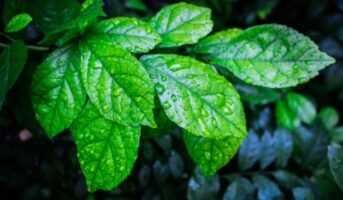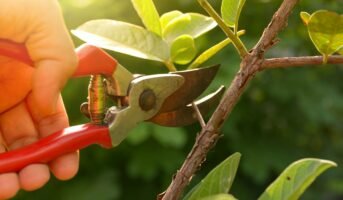The ubiquitous mint is known to food lovers worldwide. Every other cocktail, dessert, candy or chutney used this highly virtuous medical herb as a key ingredient. Known as pudina in Hindi, mint is a variation of the Mentha plant. This aromatic herb is widely distributed throughout the temperate areas of the world even though it is native to Eurasia.
The aromatic plant gets its name from the Greek mythological figure, Minthe, a nymph who is believed to have transformed into the fragrant plant after an affair with the god of the underworld, Pluto.
Mint: Key facts
| Scientific name: Mentha requienii
Common name: Mint, Pudina Type: Herbaceous perennial Family: Lamiaceae Sun: Full to partial Water: Medium Native: Corsica, Italy and Sardinia Invasive: Yes Toxicity: None |
Known about Peppermint
How is the mint plant used?
Mint leaves are used raw. However, since the aroma and flavour are highly potent, it is typically processed into peppermint oil and used for flavouring foods and beverages.
Mint: The taste enhancer
Irrespective of whether you are preparing something sweet, sour or tangy or whether the dish would be served cold or hot, a bit of mint always enhances the taste, gives a definite aroma, and adds to the visual appeal. Mint is widely used as a garnishing agent and an integral ingredient in global cuisines.

A portion of gourmet tiramisu, an Italian dessert topped with a sprig of mint.

Vegetarian couscous with tofu capsicum tomatoes, mint and capers.

Arabian biryani topped with a sprig of mint.

Samosa with fresh mint dipping sauce.


Refreshing mocktails with berries, lemon and mint topping.
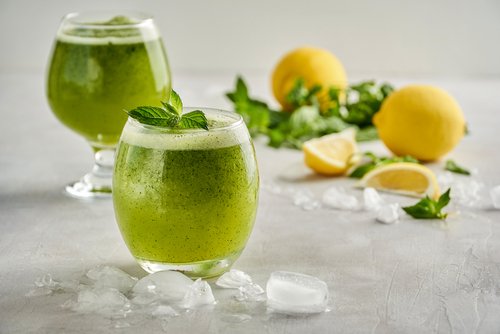
Mint lemonade.
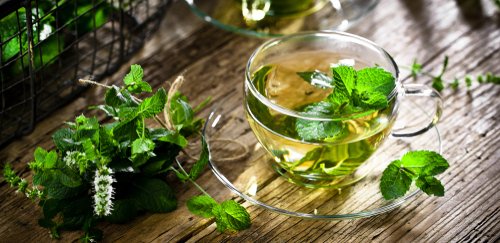
In India, pudina leaves are often used to make savoury chutneys. Mint leaves are a great taste enhancer for black tea. You can add it to your regular tea as well.
Mint leaf: Uses
Heath benefits: A herb popular for its positive impact on the digestive system and brain function, mint leaves are widely used to enhance the taste, aroma, visual appeal and medicinal value. The leaves are used in preparing teas, beverages, jellies, syrups, candies and ice creams.
Gourmet ingredient: Scatter it around the house and you have got yourself a deodorizer. In fact, it was used for this purpose in ancient Greece. Rumour has it that mint was rubbed on tables to welcome visitors in Greece.
Medicinal use: Peppermint oil is used in medicines and household items like toothpaste, cleaning agents and soaps. Peppermint oil is also used in aromatherapy.
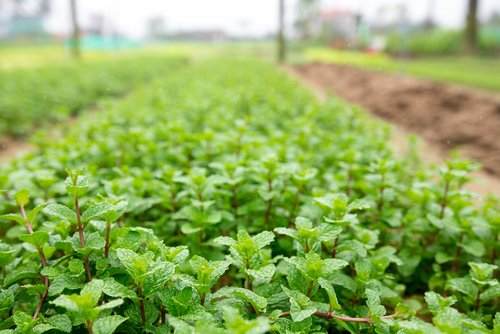
File photo of a mint garden.
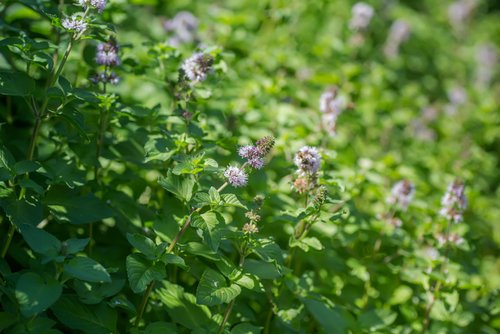
Purple mint flowers in bloom.
Mint leaves: Contents
Half an ounce of spearmint contains:
- Calories: 6 kcals
- Fibre: 1 gram
- Vitamin A: 12% of the RDI
- Iron: 9% of the RDI
- Manganese: 8% of the RDI
- Folate: 4% of the RDI
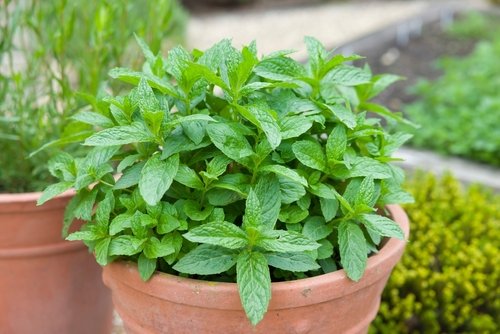
Mint growing in a pot.

Mint leaves are effective in
- Nausea
- Upchuck reflux
- Morning sickness
- Indigestion
- Irritable bowel syndrome
- Skin disorders
- Allergies
- Asthma
- Common cold
- Bad breadth
- Plaque
- Stress
- High testosterone levels in women with the polycystic ovarian syndrome
- Nipple pain
- Weight loss
Also read about the medicinal uses of Hyptis Suaveolens
How to grow mint plants?
Procure mint cuttings or buying young mint plants from a nursery. In the container of any size, plant them in well-draining soil. They should be located at a place where they receive partial-to-full sunlight. Keep the soil consistently moist. To avoid overwatering, water them whenever the top inch of soil feels dry.
Mint leave problems
Heat stress
Root rot
Stem and stolon canker
Powdery mildew
Mint rust
Verticillium wilt
Anthracnose
Septoria leaf spot
FAQs
Can mint cure headaches?
Being a strong adaptogenic herb, mint is known to cure headaches.
Can mint help oral problems?
Mint’s germicidal properties enable it to sort oral problems – from bad breath to plaque. It is commonly used in toothpaste.
Which country is the biggest producer of mint in the world?
The US produces 70% of the world’s peppermint and spearmint.

An alumna of the Indian Institute of Mass Communication, Dhenkanal, Sunita Mishra brings over 16 years of expertise to the fields of legal matters, financial insights, and property market trends. Recognised for her ability to elucidate complex topics, her articles serve as a go-to resource for home buyers navigating intricate subjects. Through her extensive career, she has been associated with esteemed organisations like the Financial Express, Hindustan Times, Network18, All India Radio, and Business Standard.
In addition to her professional accomplishments, Sunita holds an MA degree in Sanskrit, with a specialisation in Indian Philosophy, from Delhi University. Outside of her work schedule, she likes to unwind by practising Yoga, and pursues her passion for travel.
[email protected]
